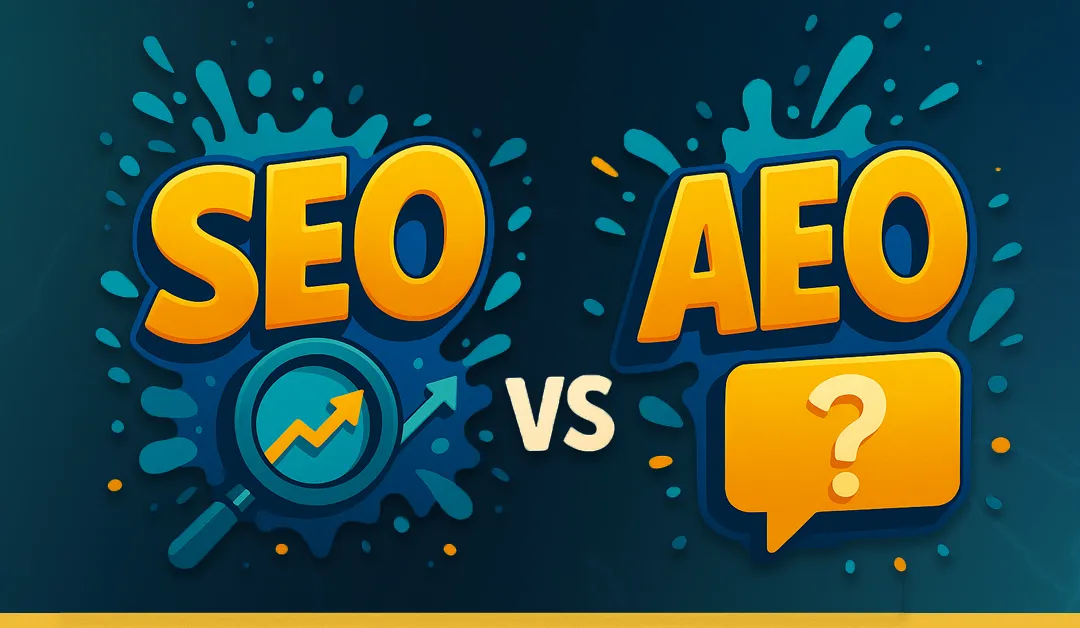From Google Confusion to Real Business Clarity
When I started Dynamic Spark, I didn’t have a roadmap or a clear strategy. Honestly, I didn’t even know what questions to ask. Like most small business owners, I spent hours Googling things like “how to get clients,” “small business marketing help,” and “what is SEO and why does it hurt my brain?”
Along the way, I stumbled onto a few game changers.
First, Donald Miller’s Building a StoryBrand and Marketing Made Simple taught me to stop rattling off features and start guiding my clients like the heroes they are. Then I found Web Designer Pro, a community for people like me, solo business owners juggling design, strategy, and sanity. It offered more than courses and tutorials. It gave me confidence, clarity, and answers to the 2 a.m. panic questions I didn’t want to ask in public.
Later, I found SCORE, a free resource that matched me with a mentor and helped me work on my business instead of just in it.
What do these all have in common? They helped me find the right answers faster. Which is exactly why Answer Engine Optimization (AEO) matters so much for your business today. Let’s dig in.
What Is Answer Engine Optimization (AEO)?
AEO is all about getting your business content ready to be pulled into AI-generated answers. Think ChatGPT, Google’s Search Generative Experience (SGE), Bing Copilot, or Perplexity. These tools don’t just list websites anymore. They summarize, synthesize, and serve answers, often without showing a single blue link.
If your website is not structured to be the answer, you’re invisible to an entire layer of search.
AEO vs SEO vs GEO: Yes, It’s Getting Complicated
- SEO is about ranking on Google with keywords and backlinks.
- GEO (Generative Engine Optimization) focuses on how AI summarizes or cites your brand in long-form answers.
- AEO is about being the short, clear, trusted answer at the top of the page or AI feed.
Think of it this way: traditional SEO gets you found, AEO gets you featured. And GEO? That’s the cherry on top.
Why Should Small Businesses Care?
Because most small businesses depend on trust and relationships. And when someone types in a question asking who provides what you offer near your location, you want to be the one mentioned.
According to What 2025 SEO Data Tells Us About Google’s Search Shift by Semrush, more than 40 percent of search queries are now resolved without a click. People are getting answers directly from AI summaries, not your site. That means your content needs to be structured to feed the engine, not just rank on it.
AEO for Small Business: How to Show Up in AI Answers
Structure Your Content Like an Answer
- Use questions as headers
- Provide clear answers in the first sentence
- Break up long paragraphs
- Use FAQ schema (a type of structured data markup that helps search engines understand that a page contains a list of frequently asked questions and their answers), bullet lists, and how-to formats
- Add internal links to relevant pages
- Reference reputable external SEO sources like HubSpot, ahrefs, or Semrush
Add Helpful, Human Content
AI doesn’t just reward keyword-stuffed blogs. It rewards relevance. Your content should answer real questions like:
- “How much does a small business website cost?”
- “How do I start email marketing for my business?”
- “What is the difference between SEO and AEO?”
Then you’re speaking the same language as your customers and the AI.
AEO + Relationship Marketing = Actual Growth
If you’re the kind of business that thrives on referrals and word-of-mouth, AEO is just the digital version of showing up with the right advice at the right time.
It’s how you build credibility without constantly posting on social media and wondering why nobody saw your reel. It’s how you land in the AI-powered conversations your future clients are having.
You don’t need to become a tech wizard. You just need to get specific, helpful, and structure your content so it can work harder for you.
External Resources Worth Reading
- Is SEO Dead? Real Data vs. Internet Hysteria – ahrefs
- Generative engine optimization: What we know so far – HubSpot
- AEO vs SEO – SEO.com
- What is Answer Engine Optimization? And How to Do It – Semrush
FAQs
Will AEO replace SEO?
Not completely. SEO still matters. But you also need to be answer-ready for AI tools so that your brand doesn’t becomes invisible.
What’s the difference between SEO and AEO?
SEO focuses on ranking your website in search results. AEO focuses on structuring your content to be directly used in AI-generated answers.
Do I need AEO if I’m already doing SEO?
Yes. The algorithms are evolving. If you’re only optimizing for search engines and not for AI-generated answers, you’ll be left behind.
Does AEO require advanced coding?
No. You can use FAQ blocks, structured headings, bullet lists, and free schema plugins. You just need clear answers.
How do I measure AEO performance?
Watch for featured snippets, AI overview hits, improved click-throughs. For example, if you ask ChatGPT, “What’s the best pizza in Madison, WI?” and your brand is listed in the top five, that’s a win, even if it doesn’t lead to a click.
What should I do first?
Start by reviewing your blog posts and adding question-based headers, concise answers, and internal links. Add a FAQ section and you’re already halfway there.
Can small businesses still compete?
Absolutely. AEO gives smaller brands a level playing field. If you answer user questions better, you get cited, even over big sites.
Should I change my content calendar?
Yes. Add more FAQ posts, process explanations, how-to pages, and answer-specific blogs. That gives AI engines fuel to cite you.
Ready to Stop Hiding on Page 4 of Google?
If your website is still acting like it’s 2012, you’re probably missing out on the leads and visibility your business deserves. Whether you need a total overhaul or just a smart refresh that aligns with how people search today, we’ve got you covered.
Let’s make your website work smarter.


